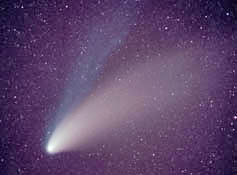

The shape of the ocean floor can determine if a tsunami happens. Whether a tsunami forms can depend on a lot of things. Tsunamis can be extremely destructive and can knock down whole buildings.īut not all earthquakes or volcanic eruptions cause tsunamis. This means they can be dangerous even for people who aren’t on the beach. Tsunamis can be hundreds of feet tall, and they travel very fast. If the water recedes-or moves away from the coast-after an earthquake, a big tsunami may be on its way. As the wave moves closer to the shore, it grows taller as the ocean becomes shallower. Big tsunamis usually begin in the deep ocean, where a large volume of water can be displaced. If the earthquake or volcano is very big, then the wave can be very big, too. The lava flowing out of the volcano displaces the water around it. This can also happen if a volcano erupts in the ocean.

So where does the water go? It ripples out from the earthquake in waves. The movement of a large chunk of Earth displaces the water above it, meaning it takes up the space where the water used to be. If an earthquake happens in the ocean, a large piece of Earth’s crust can be thrust upward or slip from side to side. When Earth’s plates push against each other, they can move a lot. If you push against each other harder and harder, one or both of you will fall over. An earthquake happens when these plates push against each other so hard that one of them slips or breaks. For example, an earthquake or a volcano in the ocean could cause a tsunami.Įarth’s crust is made up of pieces called tectonic plates. It is a large wave caused by movements in Earth’s outer layer, or crust, which move ocean water. Tsunami is a Japanese word that means “harbor wave.”


 0 kommentar(er)
0 kommentar(er)
